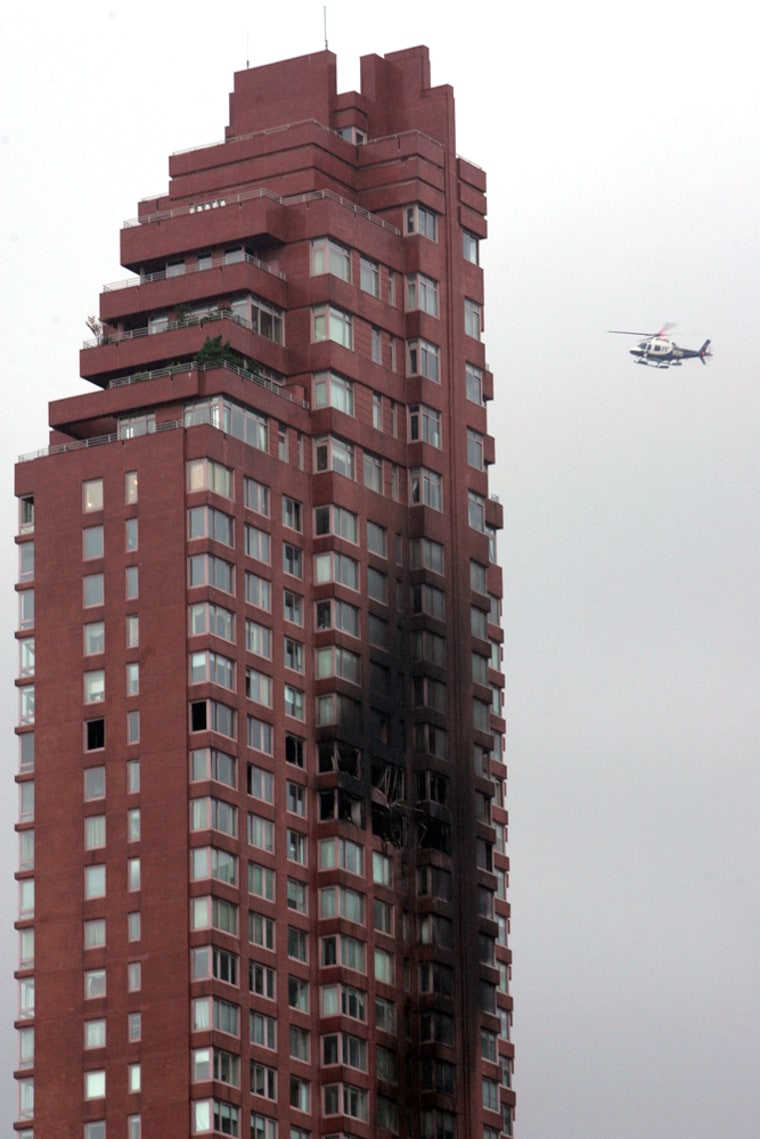A light wind was cited by federal investigators Friday for blowing a small airplane carrying Yankees pitcher Cory Lidle off course and into a New York City high-rise on Oct. 11.
The National Transportation Safety Board said the wind, coupled with the pilot's inability to turn sharply, forced the aircraft away from its intended path over the East River and into the building.
The airplane, which also carried flight instructor Tyler Stanger, struck the building and fell 30 stories to the street below. Investigators do not say whether they determined who was at the controls of the Cirrus SR20.
The report issued Friday said the airplane was flying along the East River between Manhattan and Queens when it attempted a U-turn with only 1,300 feet of room for the turn. To make a successful turn, the aircraft would have had to bank so steeply that it might have stalled, the NTSB said in an update on the crash.
Lidle and Stanger were making an aerial tour of Manhattan before flying back to California.
Though Stanger was an experienced pilot, Lidle was not.
Investigators found no problem with the propeller and engine, nor did they find any evidence of a fire or other damage while the airplane was in flight.
If the pilot used the full width of the river to turn, he would have had 2,100 feet, the NTSB said. Instead, the pilot was flying closer to the middle of the river, leaving a smaller margin for error, the staff report said.
Two days after the accident, the Federal Aviation Administration ordered small, fixed-wing planes not to fly over the East River unless the pilot is in contact with air traffic controllers.
Small planes could previously fly below 1,100 feet along the river without filing flight plans or checking in with air traffic control. The FAA said the rule change — a temporary one — was made for safety reasons.
The NTSB's update outlined factual information about the crash, but did not conclude what the probable cause of the crash was. The full board will likely vote on a ruling at a later date.
